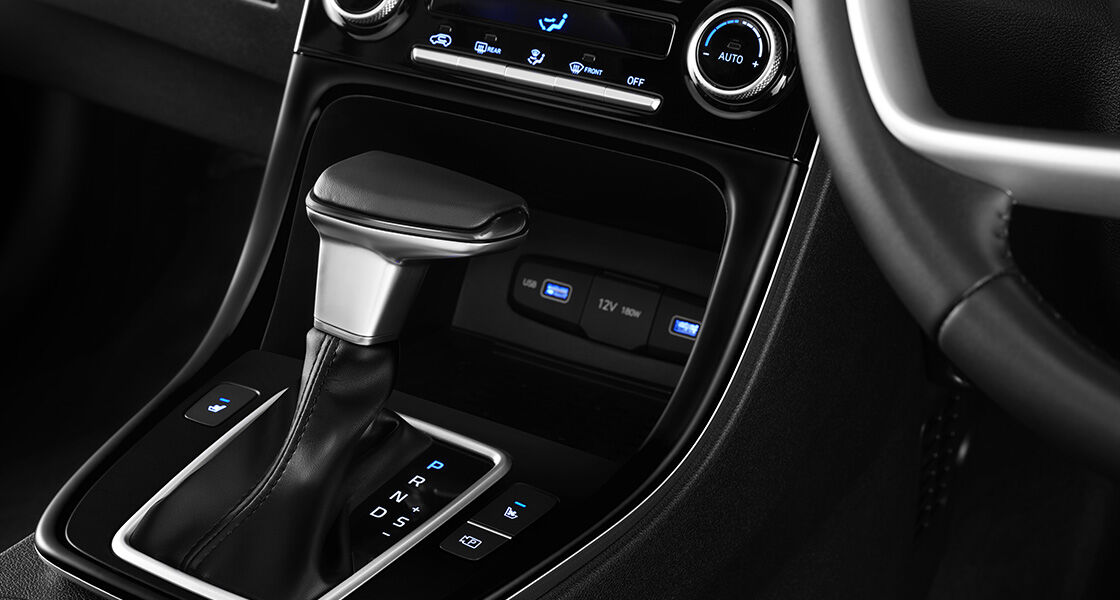In an era increasingly dominated by automatic transmission cars, the ability to drive with a manual transmission is often considered a skill that is starting to be forgotten. However, for some people, mastering a manual car provides a more engaging driving sensation and greater control over the vehicle.
What is a Manual Car?
A manual car is a vehicle withn a transmission system that requires the driver to actively select and shift gears using a gear lever and a clutch pedal. This system gives the driver full control over the engine's revolutions and the power delivered to the wheels.
Main components of a manual transmission
- Clutch: The mechanism that connects the engine to the transmission
- Gear Lever: The tool for selecting the desired gearn
- Clutch Pedal: The pedal on the left side that disengages the engine from the transmission
Advantages of manual cars
- Greater control over the vehicle
- Better fuel efficiency (under certain conditions)
- Lower maintenance costs
- Cheaper purchase price
- More effective engine braking
Disadvantages of manual cars
- Less comfortable in heavy traffic
- Requires special skills
- Higher potential for clutch damage
- Resale value can be lower (depending on the market)
Hyundai Cars with Manual Transmission
Hyundai not only prepares luxury and futuristic cars but also provides entry-level cars that support performance and are more fuel-efficient:
Powered by a Smartstream 1.5L MPI 4-cylinder engine with a capacity of 1,497 cc, producing a maximum power of 115 PS at 6,300 rpm and a peak torque of 14.7 Nm at 4,500 rpm. This engine performance is responsive for daily use and offers good fuel efficiency.
Comes with a Smartstream 1.5L MPI inline 4-cylinder gasoline engine with a capacity of 1,497 cc, producing 115 PS of power at 6,300 rpm and 144 Nm of torque at 4,500 rpm. Designed to provide good response in daily use.
Powered by a Smartstream 1.5L MPI engine with a capacity of 1,497 cc, producing 115 PS of power at 6,300 rpm and 143.8 Nm of torque at 4,500 rpm. Offers a balance between fuel efficiency and adequate driving capability.
Uses a Smartstream 1.5L MPI inline 4-cylinder engine with a capacity of 1,497 cc, with 115 PS of power at 6,300 rpm and 143.8 Nm of torque at 4,500 rpm. With a 6-speed manual transmission, the driver has full control over gear shifting.
Offers responsive and efficient performance with a 4-cylinder gasoline engine with a capacity of 1,497 cc, producing 115 PS of power at 6,300 rpm and 143.8 Nm of torque at 4,500 rpm. The 6-speed manual transmission provides a more engaging driving sensation.
Understanding Manual Car Gears
- Gear 1: To start moving and for steep inclines
- Gear 2: For low speeds and moderate inclines
- Gear 3: For medium speeds in urban areas
- Gear 4: For high speeds on highways
- Gear 5: For very high speeds on expressways
- Gear R (Reverse): To move backward
6 Easy Ways to Drive a Manual Car for Beginners
1. Preparation before driving
Ensure your seating position is comfortable and allows you to reach all pedals and the steering wheel freely. Adjust the seat height and distance so your foot can press the clutch pedal all the way down without difficulty.
2. Basic techniques for operating the clutch, gas, and brake
- Clutch (left foot): Press to disengage power during gear shifts
- Brake (right foot): To slow down or stop the vehicle
- Gas (right foot): To increase vehicle speed
3. Steps to start the car from a stationary position
- Press the clutch pedal all the way down
- Move the gear lever to 1st gear
- Release the handbrake
- Move your foot from the brake pedal to the gas pedal
- Press the gas pedal slowly while gradually releasing the clutch
4. Smooth gear shifting technique
- Press the clutch all the way down
- Release the gas pedal
- Move the gear lever to the desired gear
- Release the clutch slowly while gradually pressing the gas
5. How to drive on inclines and declines
- Inclines: Use a low gear (1 or 2) to get enough power
- Declines: Utilize engine braking with a low gear to reduce brake usage
6. Tips for handling a stalled car during gear shifts
- Stay calm
- Press the clutch fully
- Shift to neutral
- Restart the engine
- Repeat the starting steps
Differences Between Manual and Automatic Cars
The main difference lies in how they are operated. Manual cars require active driver involvement in shifting gears, while automatic cars shift gears automatically.
Manual cars offer a more interactive driving experience and greater control, while automatic cars provide ease and smoothness, especially in heavy traffic.
Manual Transmission Maintenance Tips
Routine maintenance
- Change transmission oil regularly according to manufacturer recommendations
- Check for oil leaks around the transmission area
- Ensure the clutch disc is functioning well
Signs of transmission damage
- Difficulty shifting gears
- Strange noises during gear shifts
- Gears feel like they "jump" or disengage on their own
- Clutch pedal feels strange
- Burning smell
How to prolong clutch life
- Avoid holding the clutch halfway for too long
- Release the clutch pedal completely when not in use
- Shift gears smoothly
- Use the appropriate gear for the load and speed
- Avoid sudden acceleration in a high gear
By following this guide, you will be able to master a manual car with confidence, experience a unique driving sensation, and enjoy the optimal performance of your Hyundai manual transmission car.
